There is no doubt about it—no two Experimental airplanes are ever alike. In the certified aircraft world, you can be assured that one Cherokee flies much like another; if you’ve flown one, you’ve pretty much flown them all. But in the Experimental world, you can’t be assured that two of any manufacturer’s design fly alike (they might have very different engines or props)—much less that one sport plane flies like another. Stall characteristics, speeds, control response—these are all unique to each airplane in a wide continuum that stretches from low-and-slow STOL airplanes to turbine-powered flight-level cruisers. For this reason, transition training is becoming a hot topic in the Experimental world—and savvy kit companies are not only listening, they are responding.
Good transition training will go over the specifics of each aircraft’s design and construction. Here, Joe Norris explains the Sonex’s construction to the author.
Taking advantage of the FAA LODA program that gives instructors a way around the “no commercial use of Experimental aircraft rules,” individual instructors, owner groups, and factory programs are offering more and better opportunities for pilots to learn about their new aircraft before running into a dark corner of the envelope on their own. The NTSB has encouraged the FAA to do something about fatalities in the Experimental world, a large number being caused by pilot mis-control, and training is an excellent way to address this without additional excessive regulation. Programs in this new world of training vary from syllabuses passed from instructor to instructor, to full-up training programs provided by kit manufacturers. We took advantage of an opportunity to drop in on the Sonex T-Flight training program last summer, the week before AirVenture, at their Oshkosh headquarters.
A variety of Sonex aircraft are available for the T-Flight program, but not the single-seat Onexes (shown here with the wings folded); Sonex offers dual instruction only.
The Man With the Plan
Joe Norris is no stranger to the homebuilt world. Now working as the flight operations manager for Sonex, Joe began flying when he was a cranberry farmer in central Wisconsin, about forty miles west of Oshkosh, and ended up as the homebuilt Community Manager for the EAA. He has been a DAR, has built numerous aircraft, and joined Sonex after leaving the EAA due to management changes a few years ago. Full of laughter, yet serious about the need for transition training, he has put together a program that allows new or future Sonex owners to develop the skills they need to handle these small sporty planes.
Most Experimental airplanes fly well, and this is true of the Sonex airframes—yet it is important for new pilots to understand the unique characteristics of handling, sight pictures, and operating techniques. These can be discovered by good pilots on their own—but it is so much quicker (and safer) to build on the knowledge already gained by those who have gone before. Sonex is not alone in developing transition training for their customers, but their structured approach and promotion of T-Flight puts them near the top of the list of companies leading the charge to make good transition training the default in our industry.
Spending time in the classroom saves time in flight. The T-Flight program at Sonex includes two hours of ground school to talk about unique aspects of the Sonex line.
Getting Started
Sonex Aircraft, LLC is located on the hallowed grounds at Wittman Regional Airport in Oshkosh, Wisconsin. As someone who has flown into Wittman during the annual EAA convention, I figured that I knew the airport—but in truth, it is a very different place for 51 weeks of the year. The tower operates like any other tower—a bit sleepy, in fact. Without 10,000 other airplanes converging on the area, an arriving pilot like myself actually had more time to look around at the airport environs—and it is a pretty place with lots of runways. Most of us who have never been there in the off season don’t know that runways 13-31 or 4-22 even exist—yet up there in the northeast corner, between the two, is a cluster of hangars that house aviation businesses like Sonex.
Pilots flying in to do a T-Flight program can taxi right to Sonex’s front door—or better yet, take advantage of special deals they have with Hilton Garden Inn on the north boundary of the airport. The Hilton has aircraft parking and tie-down space at their back door, and will provide a ride over to the Sonex complex in the morning. You don’t have to rent a car for the visit. Joe and the rest of the Sonex family are great hosts, and that makes it easy to forget the logistics and concentrate on the learning.
The T-Flight program has a lot of factory airplanes from which the student can choose to do their transition training. They’ll all, of course, be yellow.
The first thing we did was look around the Sonex factory facility and take a look at airplanes. The flight operations hangar—home to the factory’s flying aircraft fleet—can best be described as a sea of yellow. There is no doubt that Sun yellow must be John Monnett’s favorite color—or he gets a great deal on it when bought in quantity. The only Sonex aircraft I saw in different livery was the second version of the SubSonex jet, the JSX-2, which was done up in military gray with a shark’s mouth. Say what you will about color choice though—yellow is highly visible, and it does brighten up a hangar! The current fleet available for T-Flight includes three different types of Sonexes, a Waiex, and a Xenos motorglider. There are also two single-seat Onexes in the hangar, but these aren’t used for T-Flight because Sonex gives dual instruction only. Yes, the JSX-2 jet is there as well, but it is not currently on the list for anyone but the factory test pilot to enjoy.
Sonex keeps their cockpits and instrument panels simple. T-Flight is about flying the airplane, not learning a complicated EFIS.
Programs and LODAs
After inspecting the fleet, we sat down in the T-Flight training room to go over the agenda for the program. The basic T-Flight program consists of two hours of ground school and two hours of flight training. It can be tailored, of course, for those who would like more of each, but for an experienced pilot, it seemed about right. It gave us plenty of time to talk about the characteristics of the aircraft, as well as sampling the handling qualities in the air.
The ground school is structured to meet the intent and scope of the Letter of Deviation Authority (LODA) issued to Sonex to conduct the training. Part of the formalities include describing the conditions of the LODA and how it allows training to each student at the start of the ground school—a formality, but one that at least educates more pilots about the LODA process. Since Sonex owns the airplanes and effectively “rents” them to the students for the T-Flight program, a LODA is necessary to make it all legal per the FARs.
A thorough cockpit check before engine start is an efficient way to make use of time. Each of the Sonex airplanes is equipped slightly differently, and Norris took the time to explain the characteristics of each panel.
Talking Sonex
With the formalities out of the way, we were able to get down to training. Learning to fly a new type of aircraft doesn’t really vary that much, whether you are talking about a simple Light Sport or a 747. You need to learn about the design of the aircraft, the basic characteristics, the operations of its various systems, and then, specifics about how it flies. For those who have checked out in certified aircraft, the basis for training is usually the POH. Since Experimental aircraft frequently don’t have such a complete document, but often have unique systems and handling characteristics, it is doubly important to listen to voices of experience.
The various Sonex models share numerous characteristics, some of which are unique to the brand. For pilots who have spent most of their time with popular certified engines, the AeroVee engine with its slide-type “carburetor” required some explanation. It was important to learn that if the fuel tank valve is open, and the mixture is anywhere but in the full lean position, gas simple pours out of the jets and onto the ground. This means a different set of motions are required on the ground for starting and stopping than with a Lycoming or Continental. For example, extra care must be taken to be sure that you don’t push the mixture in until you are ready to hit the starter. Likewise, for many airplanes, the fuel valve is not routinely placed in the “off” position—but with an AeroVee, this is something you definitely want to do after flight. And equally important, you must remember to open it before the next engine start!
Another good point to learn in operating an AeroVee is that the propeller turns “backwards” compared to that of most common aircraft engines in the U.S. (I can’t speak for Europe). For those who learned to add right rudder on take-off by rote, this is important. If you learned to apply rudder to center the ball as required, then you’ll be OK—but you’ll notice that it will be left rudder instead of right. It is also a shock to hit the starter and see the propeller turning “the wrong way”—better to hear about this in class than before you hit the button for the first time.
One unique bit you learn in the T-Flight program is that Sonex aircraft usually have a single hand brake that controls both wheels, so no differential steering. Steering on the ground is with a steerable nose- or tailwheel. Other than these items, the airframe is reasonably conventional, and without surprises.
The Sonex cockpits are plenty roomy for two people, making for a good instructional environment. Norris does this a lot, and is passionate about getting pilots comfortable in their aircraft.
Flight characteristics were next on the list. The most time was spent on sight pictures—the Sonex features a very long glare shield between the panel and firewall. This is the space taken up by the fuel tank, and the shallow sloped windshield above this space creates a different look for most pilots. Joe drew some pictures on his whiteboard showing what the pilot should expect (this of course will vary with the height of the pilot), and how the left turn picture and right turn picture will be significantly different. Many pilots who have only flown more conventionally shaped aircraft will at first have trouble keeping the airplane from climbing or diving in turns—but the descriptions given in the T-Flight ground school should help this transition go much more quickly.
As you would expect, stall characteristics are discussed during this phase (they are benign). Takeoff procedures were discussed—factory pilots generally let the airplane fly off from a three-point attitude, although raising the tail and then rotating works as well. Landing pattern discussions were similarly conventional—speed and flap settings will surprise no one, and three-point landings were described as easy (for the taildragger version, of course).
Overall, Joe made the ground school useful, painless, and tailored to the individual pilot’s experience. No matter where you are in your flying career—rookie, novice, or ace of the base—you’ll find that Joe adjusts and builds the ground school at an appropriate level. It is well worth the couple of hours it takes, and prepares you for the fun afternoon to come!
The Skies of Wisconsin
With the ground school complete, it was time to get airborne. As mentioned above, for any experienced Experimental pilot, one of the most remarkable things about flying with Sonex is the opportunity to fly at Wittman Field operating as a normal airport. Gone are the crowds, gone the many pink-shirted ATC pros, and gone are the hordes of airplanes coming from every direction. This was the first time I had ever just looked around at the scenery while operating at the field—did you know that there are a whole bunch of DC-3s on the east side of the field undergoing turbine modifications? Did you know that the gravel pit to the north is huge? And did you know that there are so many taxiways in the northeast corner that it is not impossible to get lost? It pays to have a good look at the taxi diagram before heading out. The alternative is to do as I did: Let Joe deal with ground and the tower, and you can concentrate on moving the airplane around. We call that good crew coordination where I’m from—and it certainly makes the piloting task easier.
To be honest, our day was a bit atypical of the T-Flight program, as my goal was not just to fly one airplane, but as many of the Sonex fleet as I could fit in. We started with the AeroVee-powered Sonex tricycle-gear demonstrator, followed that up with the Jabiru-powered Sonex taildragger, and then moved on to the Xenos motorglider. The final craft was to be the single-seat Onex, but alas, radio gremlins set in and made it impossible for me to talk with the tower. While it would have been fun to simply work with light signals, the combination of a new, single-seat aircraft and a new airport made that choice less than optimum, so we settled for the three two-seaters.
The first step with each airplane was a good preflight—a chance to get familiar with finding the oil dipstick and fuel filler (which are a little different in the Sonex line). We worked our way around the airplane, looking at piano hinged control surfaces and the care and feeding of the large swing-over canopy. We finally settled into the cockpit and went over the controls—especially that aforementioned fuel valve (necessary to be manipulated on engine start and shutdown due to the AeroVee carb) and the single brake lever. With Joe on the right and me on the left, I was also responsible for getting the canopy latched—something we went over carefully.
With Joe’s unobtrusive, but appropriate instruction, we got through engine start and taxi, and were soon lined up for takeoff. Sonexes are sporty airplanes, and we were off the ground in no time. For our training flights, we climbed out of Oshkosh to the west. The normal checkout work included turns, slow flight and, of course, stalls—although they weren’t overly emphasized. The Sonex has plenty of stall warning and all were benign. Handling qualities are good, with harmonious controls. Visibility is excellent from the big Plexiglas canopy. The cockpit is comfortable and conducive to learning—and before I knew it, we were headed back to swap steads. Joe likes to simply let you fly, and he makes suggestions now and again—laid-back, yet effective, instruction that is not intimidating to the pilot getting checked out. We shot a number of landings to get the feel of the airframe and the appropriate pattern speeds—as well, as reminding me how to fly a nose-dragger. I think I can safely say that the airframe was reusable when we were done, so I’d call my tricycle-gear checkout a success!
Oshkosh Tower is clearly used to Sonex’s operation and gave us landing and taxi clearance directly to the hangar when we were on final. We taxied up to the hangar where the taildragger was waiting, and talked about how it would fly pretty much the same once we were off the ground—with the exception being that the Jabiru had 20 more horsepower than the AeroVee, so we’d see better performance. Since all three of my current airplanes have the little wheel in back, I was looking forward to seeing how it handled in that configuration—especially without differential braking. The answer was just fine. The tailwheel is linked directly to the rudder, so steering response is quick and crisp. The lack of a full-swiveling tailwheel and the ability to lock one wheel makes it harder to pivot in place, so it is wise not to taxi yourself into a corner. But if you do, you can always climb out and lift the tail around, We never got to that point, so it really isn’t a problem.
We briefed the tailwheel takeoff, but it was uneventful—and quick. The additional ponies were noticeable in climb and cruise speed, but other than that, the airplane was hard to tell from the first Sonex. Coming back, we shot a few landings, and the extra climb performance meant we could get back to pattern altitude more quickly, and stay closer to the field—nice when shooting touch and goes. Landings themselves were natural, and the three-point attitude was right where the airplane wanted to be at touchdown. I frequently wheel land a new taildragger, but this one just settled in sweetly on all three, so that’s what we did.
The final plane of the day was the Xenos—a Sonex with long wings and a larger tail designed as a motorglider to give the pilot the chance to shut down the engine and soar. Unfortunately, the Oshkosh area doesn’t have much lift that time of year, but we did find a few areas that had less sink, and it was a fun ride. The biggest difference between this and the Sonexes were those long wings during taxi. I have my glider rating, but had never actually taxied one (I don’t have a motorglider endorsement), so seeing those wingtips out in the next zip code was odd. The centerline is your friend; those taxiway markers look awfully close, and at least if you’re on the centerline, you did your best to miss them.
Takeoff was quick! In fact, it was a trick of levitation. The big wing needs little airspeed to fly, and we were off before we knew it. After the requisite air work and a little thermal hunting, we called the tower from five miles to the west and were cleared for a straight-in to Runway 09. Joe suggested a low—almost idling—power setting that gave us just a tad bit of a descent rate, and we used the spoilers to control glideslope all the way to the runway. After a couple of landings and takeoffs, we called it a day—one that I was sad to see end.
Worth the Time—Worth the Effort
Transition training into a new type is not just a good idea—it is looked upon favorably by insurers, kit companies, and the FAA. Pilots who take the time to get type-specific training before flying their new homebuilts have fewer accidents during Phase 1 and are better prepared to make the test period count. Most of the major kit manufacturers (especially those who belong to AKIA) are now working on or have already implemented transition training programs. Sonex is one that has been leading the way. Their T-Flight program is simple, fun, effective, and convenient. The bonus for a builder is the chance to see the factory where their kit was put together, and talk with the designers and engineers behind the product. If you sign up for T-Flight early in your build—or even before you start—it is a good way to decide if building a Sonex is right for you, and if the airplane is something that you’ll enjoy. If you wait until your airplane is almost ready to fly, your learning will be fresh and you’ll be current when you decide it is time to slip into the pilot’s seat of your new plane. Either way, T-Flight is organized, thorough, and just makes sense.
Joe Norris, the Monnetts, and the rest of the Sonex personnel are welcoming and friendly, and you don’t have to work very hard on Joe to get him to take you to his favorite lunch places. Imagine getting food in Oshkosh without having to stand in line—that alone is worth the trip!

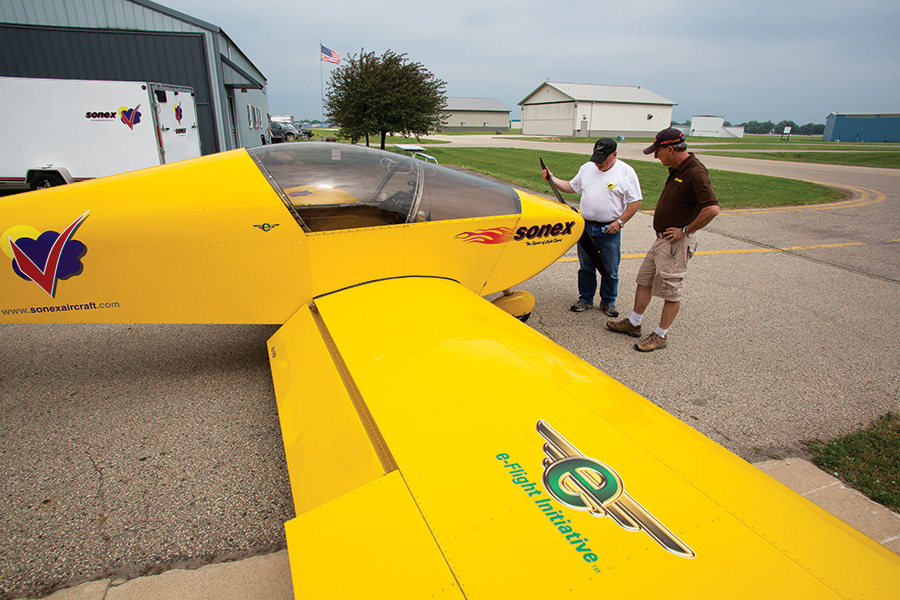
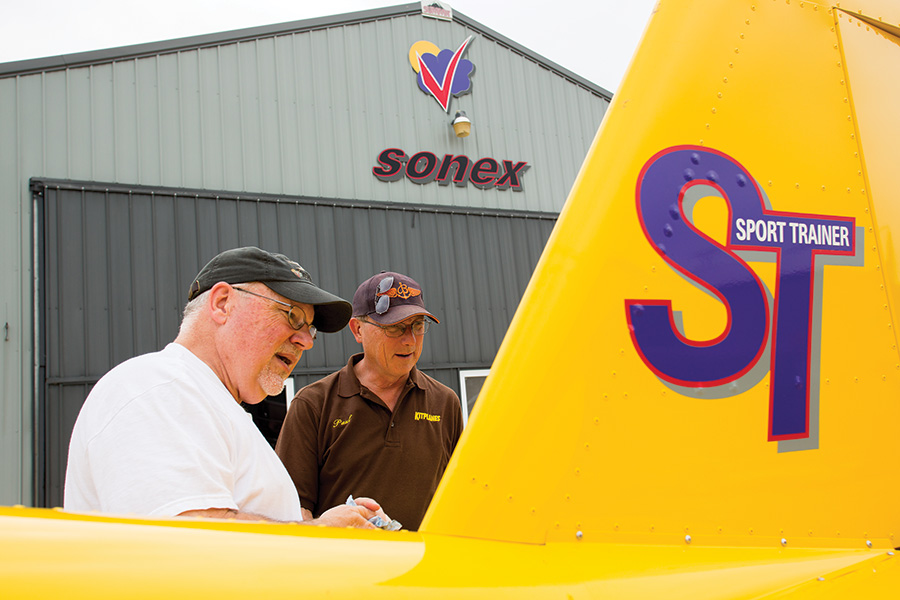

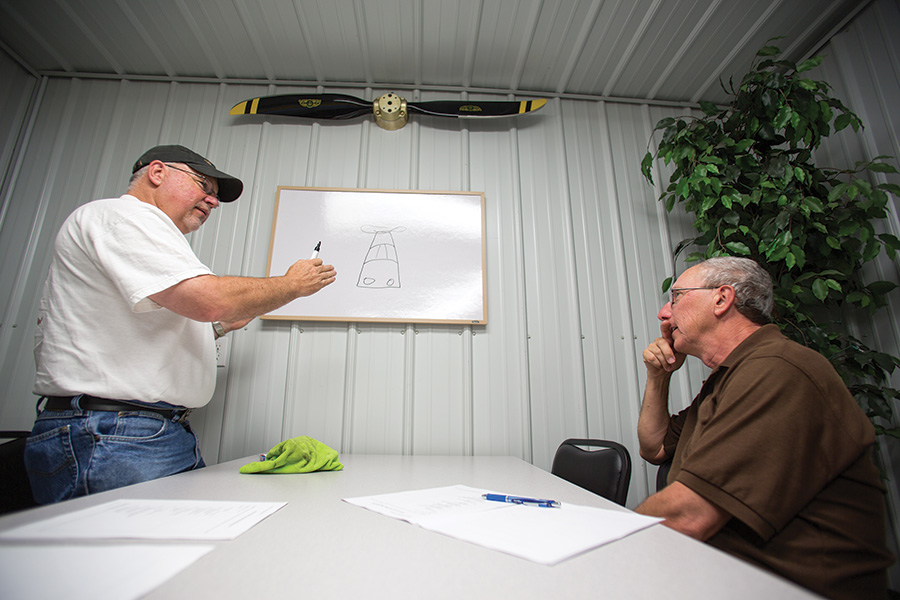
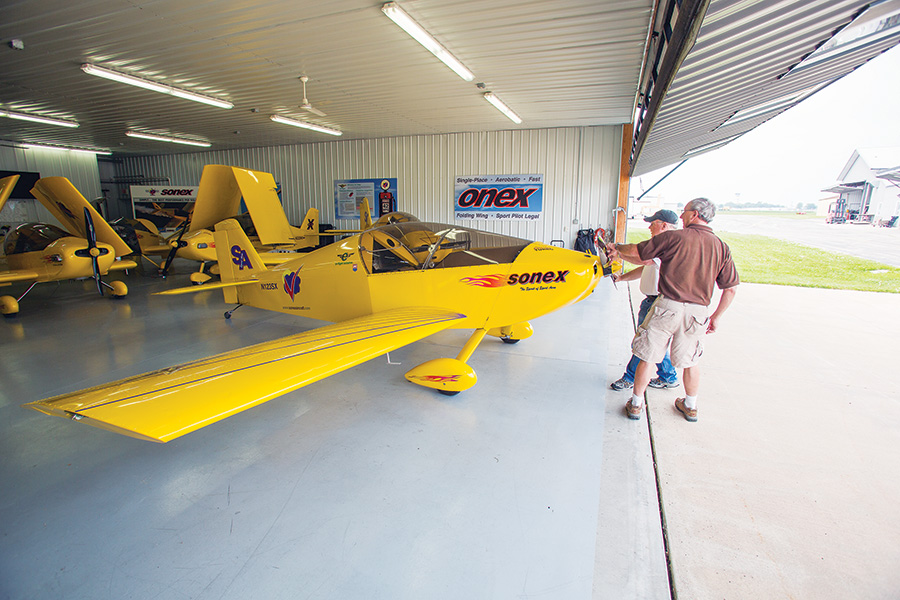

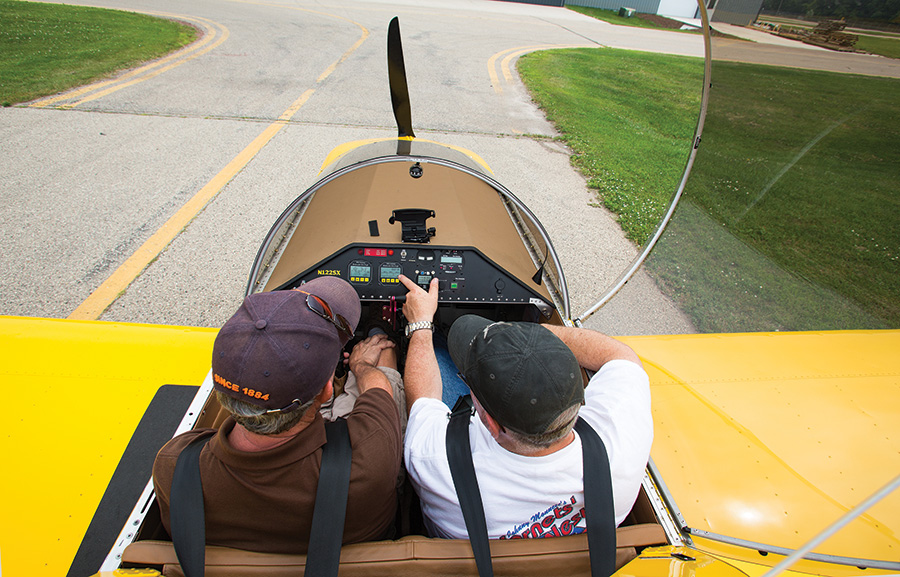
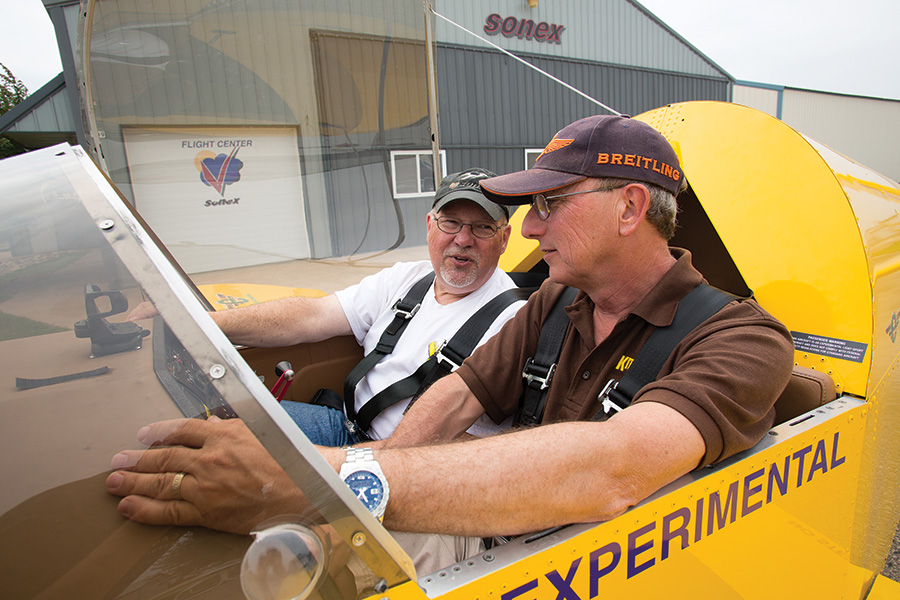
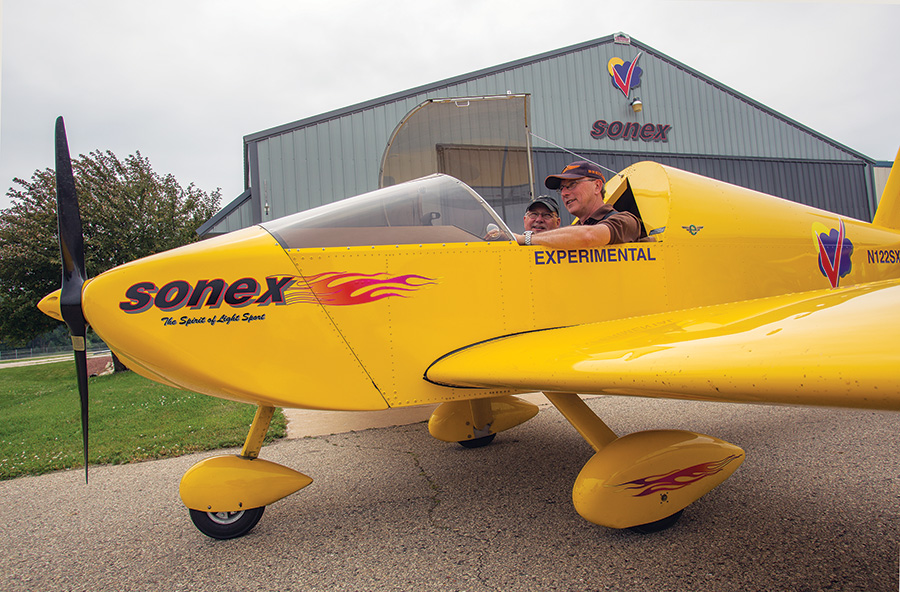

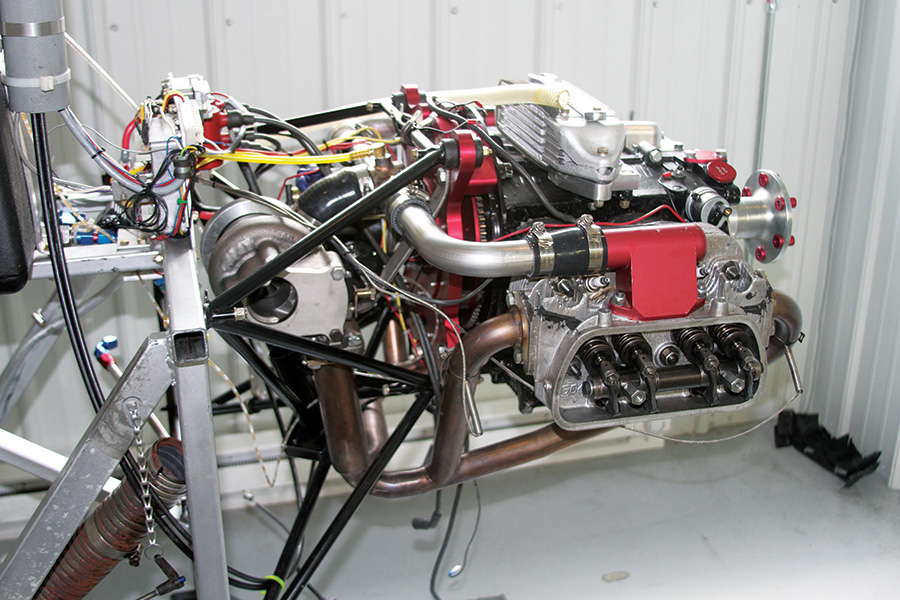
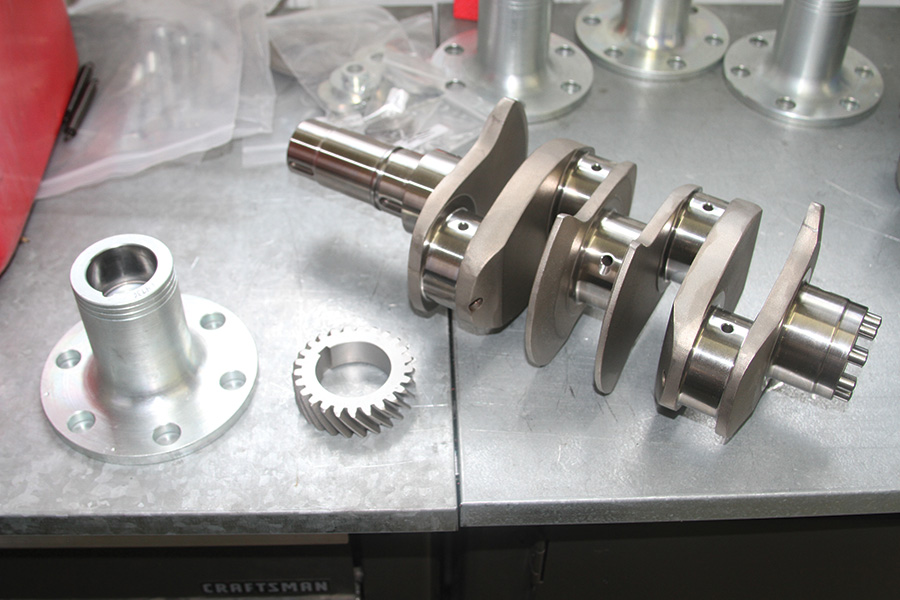
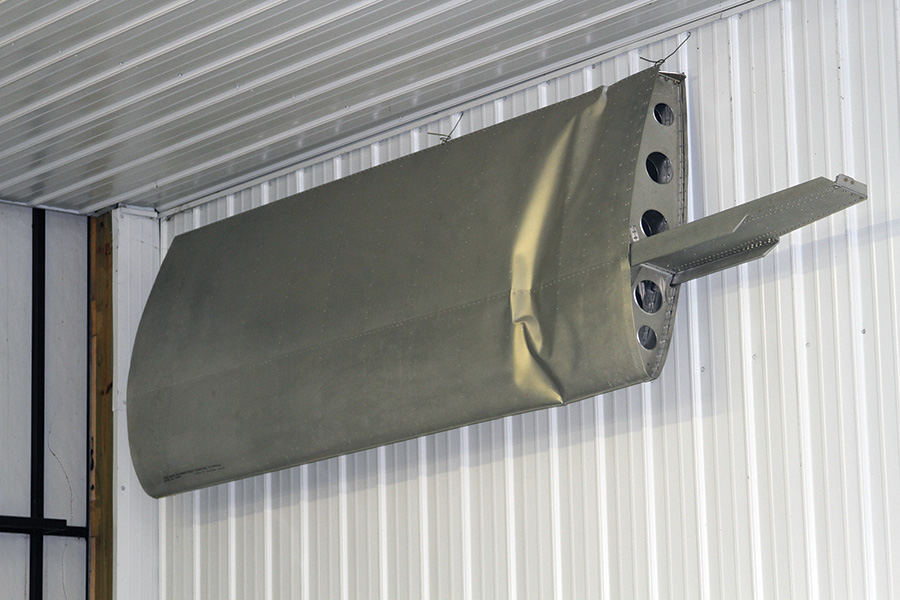
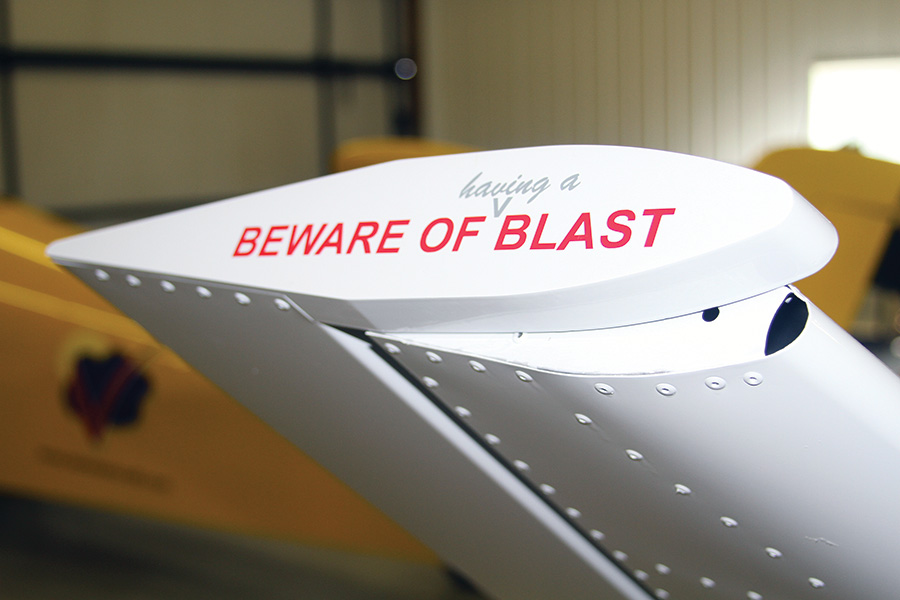
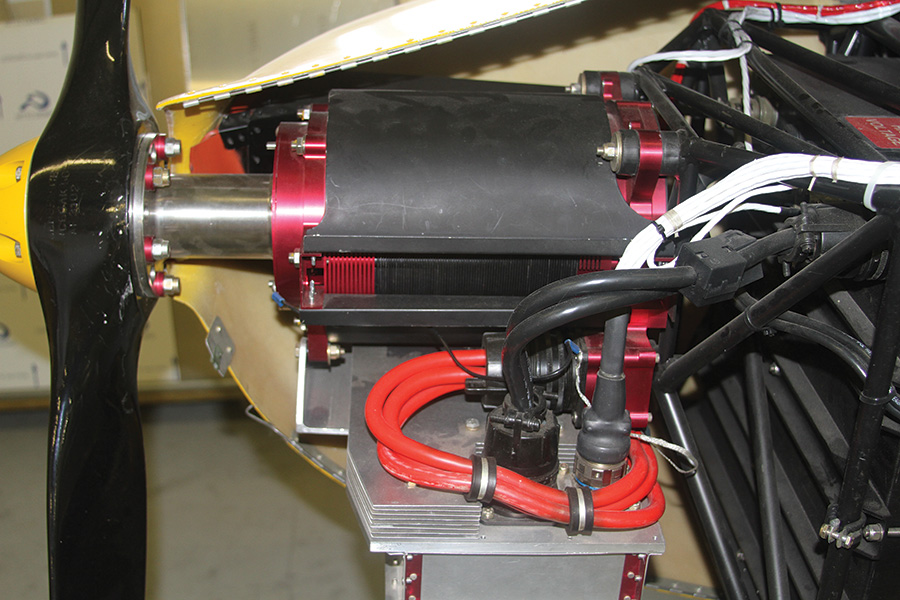
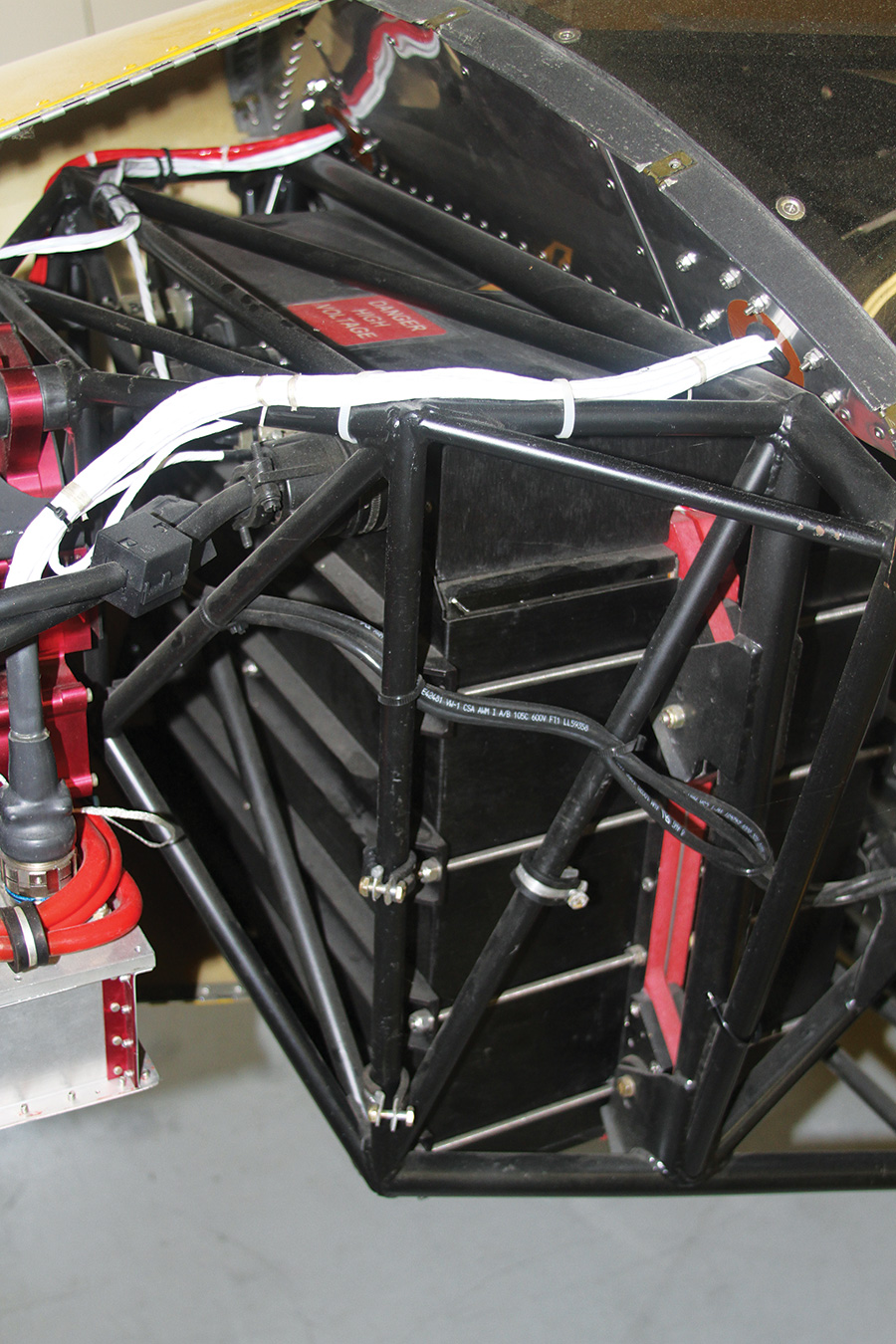

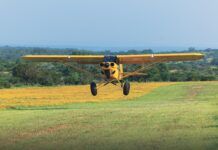







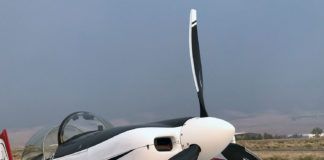
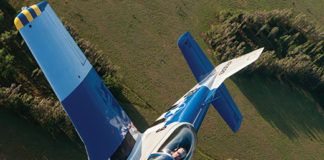
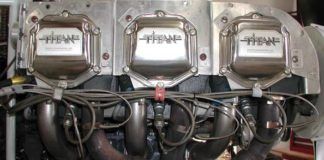

As of last January 2019 when I called Sonex to get information about this program and sign up for a slot, Sonex explained they no longer have the program (due to insurance costs). Please verify this and maybe put out an article about it.
BTW, the reason I was interested in this program is that I was looking at possibly getting a JSX-2 and IAW earlier JSX-2 articles was planning at attending this program and then Desert Aerospace Bonus Jet and JSX-2 training prior to purchasing a EAB JSX-2 kit (Knowing I would have to retake the training once the kit is completed to obtain the LODA). Unfortunately Desert Aerospace can not provide the training until I have purchased a kit and have it mostly built (can not do what Paul DYE did and get the training before making the decision to make the purchase). Now I’m not sure if whether I can really handle the JSX-2 and therefore have put off any plan to purchase a kit..
Hello Timothy,
You are unfortunately correct – I talked with Sonex at AirVenture, and they have put their transition training program on hiatus, for a variety of reasons which they would have to describe for you.
In terms of deciding if you can handle the airplane before you buy/build one, yes – that is a serious dilemma. A pilot with experience in high performance sport plans and good fundamental skills shouldn’t have a problem with a JSX-2, in my opinion. Having experience in multiple types is an asset when moving in to single-seaters, because you are used to adapting to different types quickly – so I recommend a broad background.
I’d suggest that you talk with Sonex if you are serious.